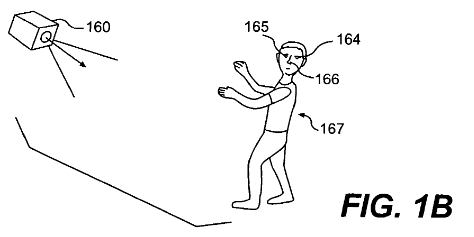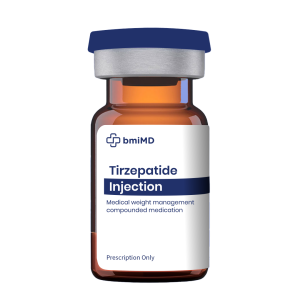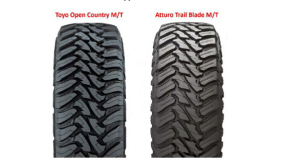by Dennis Crouch
The United States International Trade Commission (USITC or ITC) operates as an independent, quasi-judicial federal agency the mission of safeguarding US domestic industries from injury caused by foreign imports. This is a protectionist agency. In the patent context, the ITC exercises its authority under Section 337 of the Tariff Act of 1930, which prohibits the importation of articles that infringe valid U.S. patents. Unlike district courts, the ITC cannot award monetary damages but instead provides exclusion orders that block infringing imports at the border and cease-and-desist orders that prevent domestic sales of previously imported infringing products. These orders are then enforced by US Customs and Border Protection (CBP), a branch of Homeland Security. The ITC is attractive to patent holders because of its relatively expeditious "target date" of 16-18 months from institution to final determination (compared to multi-year district court proceedings), its experienced Administrative Law Judges who frequently handle patent matters, the difficulty respondents face in staying ITC investigations during parallel PTAB trial proceedings, and, as mentioned above, the availability of injunctive relief (via exclusion order) despite eBay.
One measure Congress took to ensure the ensures stays on-mission is through the "domestic industry" requirement. Before the ITC can block infringing imports, the patent holder must to show the existence of a domestic industry "relating to the articles protected by the patent." 19 U.S.C. § 1337(a)(2). This requirement has two components: the "economic prong" and the "technical prong" that we'll dig into later.
When is Transnational Activity Sufficiently Domestic: The Federal Circuit's recent decision in Lashify highlights an ongoing situation with regard to domestic industry. Lashify, Inc. v. ITC, No. 23-1245 (Fed. Cir. Mar. 5, 2025). Lashify designs its fake eyelash products in the U.S., but manufactures them abroad, and the question is when domestic non-manufacturing activity is enough to satisfy the domestic industry requirement.
To continue reading, become a Patently-O member. Already a member? Simply log in to access the full post.







